Dean Somerset – Foam Rolling 101
$67.00 Original price was: $67.00.$22.00Current price is: $22.00.
Digital Download: You will receive a download link via your order email
Should you have any question, please contact us: [email protected]
Foam Rolling 101
I’m going to show you exactly how and why to foam roll for maximum effect

Fascia has become a massive buzz-word in the fitness industry, with people developing routines, devices, and treatments to work this specific tissue with the hopes that it will provide a benefit to their training plans, whether that means increasing muscle size, strength, suppleness, or speed. This has occurred relatively rapidly in terms of how quickly things are adopted in fitness, with foam rollers only becoming popular within the last 20 years, and only becoming ubiquitous in fitness facilities in the last 5. Very little research has been done on fascia, especially compared to other tissues and structures of the body, and as a result, there’s a lot of misinformation about the tissue and how to get the best results from working it. Most of the fitness communities information comes from physical therapists, chiropractors, and manual therapists, whereas very little comes from dedicated fitness professionals. The history of fascia in medicine and fitness is incredibly diminutive. During Rennaissance medicine, fascia was considered functionally useless, essentially a scaffolding supportive tissue to hold up organs, blood vessels and nerves. It was routinely cut out and discarded to showcase the more important tissues, like organs, muscles, and bones. Most anatomical illustrations of the time, specifically from Vesalius, showed bodies completely void of fascial tissue.  Much of the reasoning for this is that fascia would degrade quickly with cadaver studies, and would be very difficult to study compared to other larger structures. With the advent of microscopes, and later scanning electron microscopes, which could offer a more 3D view of the tissues, fascia became somewhat more interesting. Researchers found it had its’ own blood supply, nerve supply, contractile properties, and could communicate and provide proprioceptive information about the rest of the body.
Much of the reasoning for this is that fascia would degrade quickly with cadaver studies, and would be very difficult to study compared to other larger structures. With the advent of microscopes, and later scanning electron microscopes, which could offer a more 3D view of the tissues, fascia became somewhat more interesting. Researchers found it had its’ own blood supply, nerve supply, contractile properties, and could communicate and provide proprioceptive information about the rest of the body.  Not only does it encircle all the muscles and muscle fibers of the body in their own contractile encasements, it also influences how much they contract, form continuations with tendons and ligaments and created networks of contractions throughout the body, which opened the door to integrated movement analysis. It also affected the internal organs, wound healing, and how layers of muscles glided over each other.
Not only does it encircle all the muscles and muscle fibers of the body in their own contractile encasements, it also influences how much they contract, form continuations with tendons and ligaments and created networks of contractions throughout the body, which opened the door to integrated movement analysis. It also affected the internal organs, wound healing, and how layers of muscles glided over each other.
That’s awesome and all, but how does that help you??
If there was a way for you to see immediate improvements in range of motion, strength, speed, and pain-free movement capability, it would be worth investing in. This is the typical range of responses people get from dedicated foam rolling work, massage or specific therapeutic modalities targeting fascial adhesions between layers of tissue. Looking solely at foam rolling, the application of compressive forces on the tissues can cause an immediate adjustment to the tone of the muscle and fascia being altered. This can help people squat without pain, run without altered alignment that could lead to injury, and slow the degenerative process. Foam rollers are everywhere. I can even walk into a popular yoga clothing company store and pick one up there, right next to the stretchy pants and over-sloganed water bottles. This is great, but it’s merely a tool to use. The best use of that tool is rarely discussed, nor is it showed in much detail regarding the anatomical considerations.
For instance, let’s take the IT band, the thick band of dense fibrous fascial tissue on the outside of the thigh that attaches the hip to below the knee.
People will consistently roll this area out, but will approach it in a less than optimal way, where they lay right on the side of the thigh, essentially right over the seam of their pants or shorts. They typically roll back and forth way too quickly, as if they were trying to roll out dough for a pie. When they hit a tender spot they hold their breath and bear down on that sucker like they’re trying to hit a deadlift PR. For better results on the IT band, roll with a slight tilt towards the quad muscle (forward of the side seam with the toe pointing slightly towards the floor), roll incredibly slow, and always make sure you can breathe deeply and slowly. These three small tweaks can make a massive difference in rolling immediately.
Not only is this small variation in how you roll important, but the coordinated plan of attack on what else to roll is equally as important. Combining rolling the IT band with rolling of the adductors (inner thigh), and also the psoas tends to produce the best relief of knee and thigh pain associated with IT band friction compared to just rolling the IT band by itself, and much better relief than simply stretching your quads. This is just one of the things I talk about in Foam Rolling 101. The application of best practices and coordinated planning of how to roll to attack specific areas with the greatest impact are two of the big rocks I wanted to cover when I put this together, and are worth the investment of your time to view the videos in themselves.
Additional to these important concepts, I also go over:
- Fascial chains and how to capitalize on anatomical linkages to produce the best results.
- The nervous systems’ role in rolling
- How drinking water can impact your ability to touch your toes.
- Why you get tight from sitting in a car and what you can do about it right now.
- The difference between the nervous system receptors in fascia compared to muscles, and how you can use them both to your advantage with both your training and your recovery.
You’ll also see real-time examples and case studies of how to approach common aches and pains in the feet, knees, hips, low back, shoulders, neck, and how to approach each for the best results possible. I also cover how to approach movement training following rolling in order to cement the new movement parameters of the tissue to prevent re-aggravation of the area. This workshop is 6 hours in length and goes over everything possibly related to foam rolling and self-myofascial release. Using cutting-edge research from cellular biology and fascial specialized research with in vivo specimens, combined with in-the-gym application to how you can effectively approach and conquer limitations that may be holding your training back or presenting as small annoyances, I put together the absolute best presentation possible so that when you’re finished watching all the videos, you can immediately apply everything you’ve learned for yourself, your clients or your patients.
This product is designed for personal trainers, strength coaches, athletic therapists, physiotherapists, chiropractors, and massage therapists, but also those who are enthusiastic about fitness and looking to get more information on how to appropriately roll. The discussion of the science is easy to understand and the application concepts are simple to use and understand. The concepts contained in Foam Rolling 101 have helped me get the following results for clients:
- Helped a client with massive pelvic and abdominal reconstructive surgeries deadlift almost twice her bodyweight within 1 year of surgery, pain free
- Helped a client recover from hip replacement surgery to ski and golf in the same day
- Re-built my own low back issues to deadlift pain free, and even do the splits
- Help my wife get back into competitive triathlon following a series of SI joint injuries
- Help an Olympic gold medalist recover from a hip injury to prepare for the Sochi Winter Olympics
- Helped a client recover from double knee replacements and walk unassisted for the first time in over a decade
- Helped a client recover from a double mastectomy and 17 reconstructive surgeries to her shoulder.
- Helped a distance coaching client with chronic back and hip pain deadlift twice his body weight, pain free
- Get hundreds of clients out of pain and training with purpose once again
Delivery Method
– After your purchase, you’ll see a View your orders link which goes to the Downloads page. Here, you can download all the files associated with your order.
– Downloads are available once your payment is confirmed, we’ll also send you a download notification email separate from any transaction notification emails you receive from IMC.sale.
– Since it is a digital copy, our suggestion is to download and save it to your hard drive. In case the link is broken for any reason, please contact us and we will resend the new download link.
– If you cannot find the download link, please don’t worry about that. We will update and notify you as soon as possible at 8:00 AM – 8:00 PM (UTC+8).
Thank You For Shopping With Us!
Be the first to review “Dean Somerset – Foam Rolling 101” Cancel reply
Related Products
Personal Development
Everything Else
Everything Else
[Download Now] Dean Somerset – High Tensile Strength Platinum
Medical & Health
Medical & Health
Medical & Health
Hypnosis & NLP

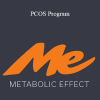

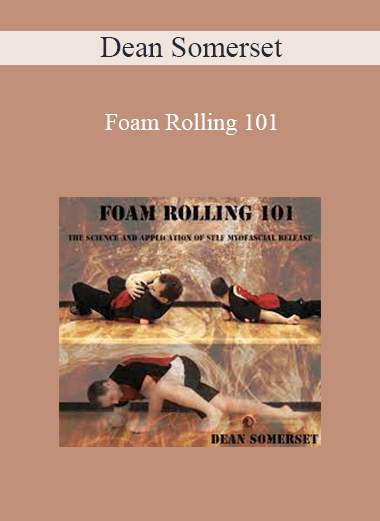


![[Download Now] Dean Somerset – Post Rehab Essentials](https://imc.sale/wp-content/uploads/2022/02/Dean-Somerset-–-Post-Rehab-Essentials.jpg)
![[Download Now] Tony Gentilcore & Dean Somerset - Even More Complete Shoulder & Hip Blueprint: version 2.0](https://imc.sale/wp-content/uploads/2022/02/f-2-1.jpg)
![[Download Now] Dean Somerset - High Tensile Strength Platinum](https://imc.sale/wp-content/uploads/2022/02/Dean-Somerset-High-Tensile-Strength-Platinum-imc.png)
![[Download Now] Dean Somerset – Foam Rolling 101](https://imc.sale/wp-content/uploads/2022/02/Dean-Somerset-–-Foam-Rolling-101.jpg)
![[Download Now] Dean Somerset – Ruthless Mobility](https://imc.sale/wp-content/uploads/2022/02/Dean-Somerset-–-Ruthless-Mobility.jpg)
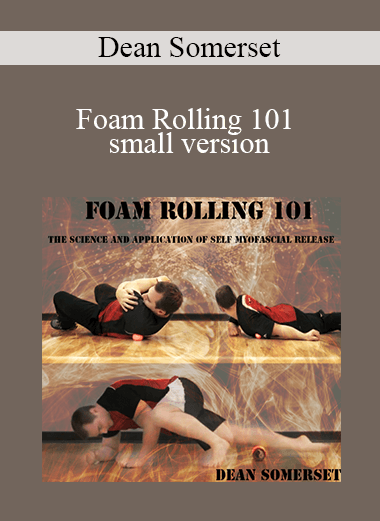
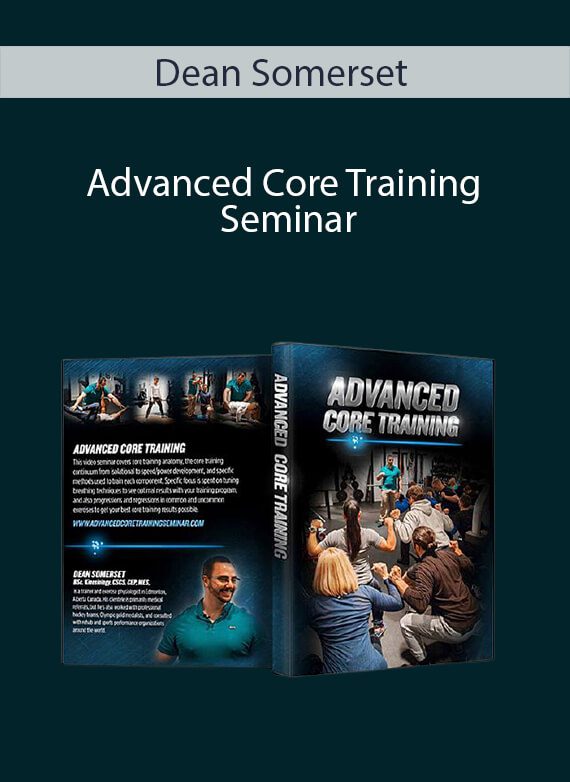
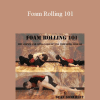
9 reviews for Dean Somerset – Foam Rolling 101
There are no reviews yet.